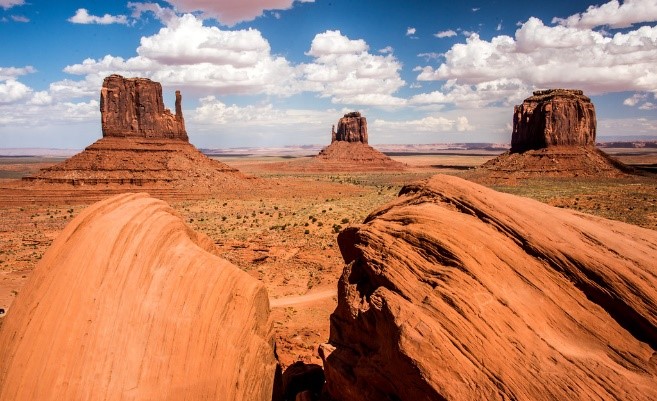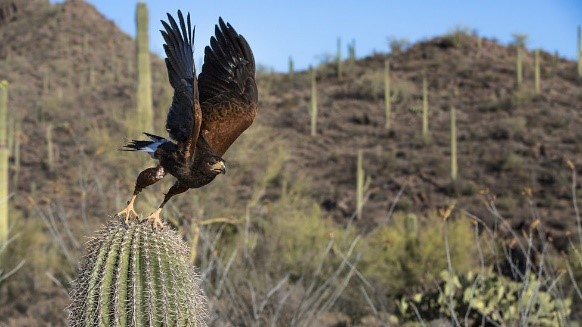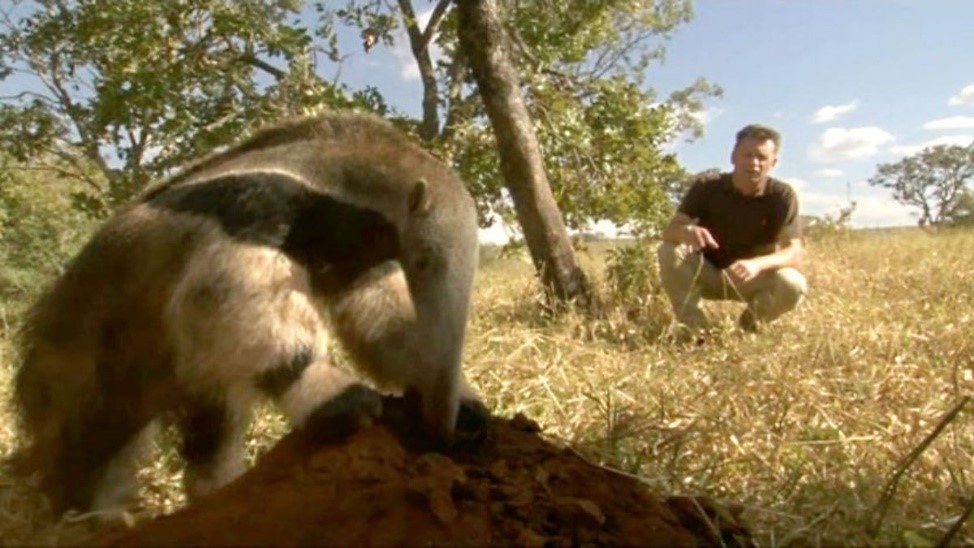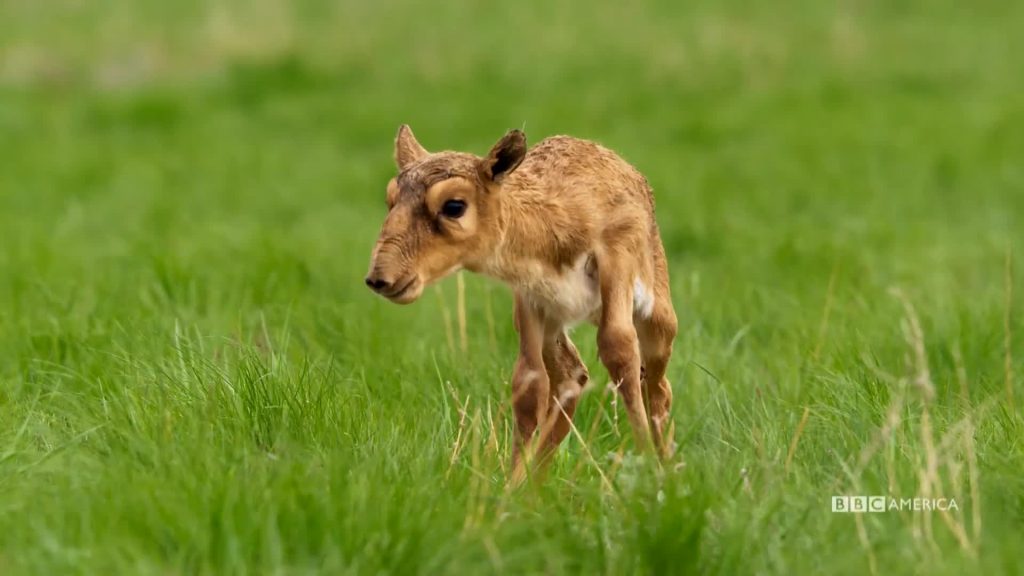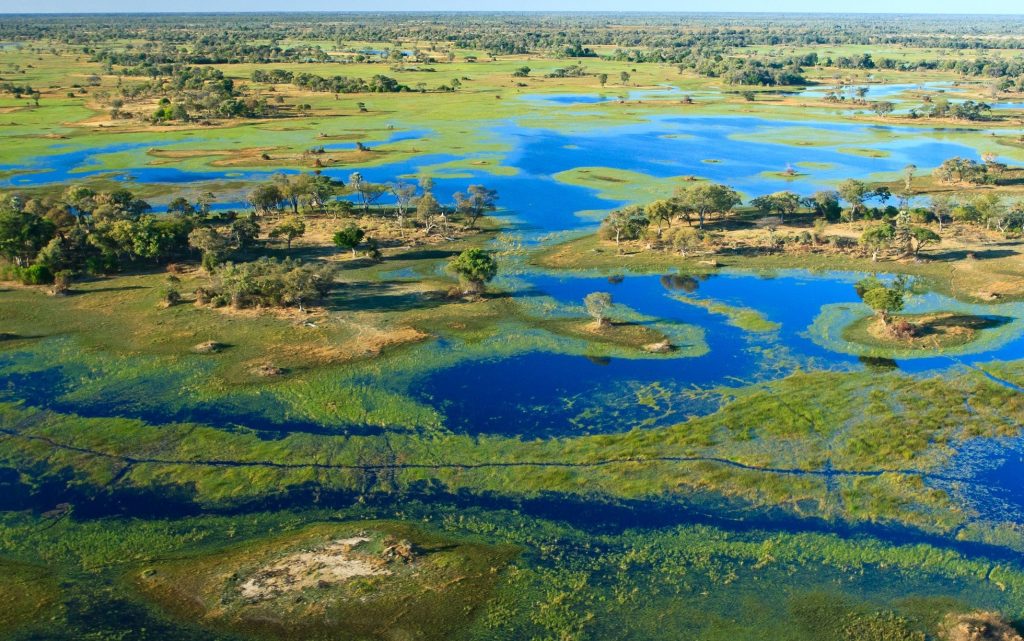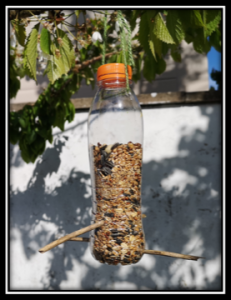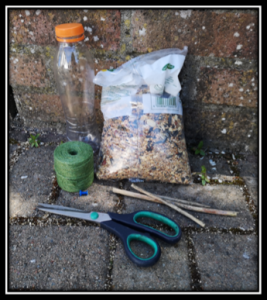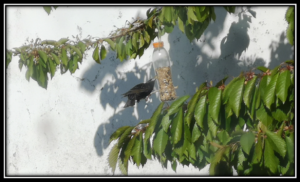Lough Neagh Chances and Connections
Lough Neagh Chances and Connections
Blog by Liam Campbell
Numbers, tracing and connections seem to be the order of the day at this time. Always mindful of Edward Said’s phrase that “ Survival is about the connections between things “ I have been thinking about chance and connection. We have got used to the microscopic images of a virus on our screens and this too has made me think about the smallest elements of our catchment that may teach us something.
When I came to work at Ballyronan on the loughshore I was immediately met by the swarm of the Lough Neagh flies. Not coming from a biological background, I was informed by colleagues that these Lough Neagh midges or flies had tongue-twister names : Chrironomus anthracinus and Glyptoendipes paripes and they were central to the whole ecosystem of the Lough and that they didn’t bite ! They have a very simple life – spending most of their lives on the sediment at the bottom of the lough and after one year the midge larvae pupate and emerge as winged adults in late April and May. Having spent the last few weeks working from home in the Sperrins, I miss them – seriously ! The swarms of these remarkable creatures are a remarkable sight like plumes of smoke above and on cars, houses and boats. According to John Faulkner and Robert Thomson in their great work “ The Natural History of Ulster “ ( National Museums of Northern Ireland 2011 ) their numbers are immense and they have calculated that there may be over 5,000 individuals per square metre, which multiplied by the area of Lough Neagh, is around 300 for every person living on the planet, or well over one million million. I’m not good with numbers and I would need my daughter who is an actuary to look at these types of figures when we get into microscopic detail !
I have been reading a brilliant book, “ The Irish Pearl “ by John Lucey ( Wordwell, 2005 ) about the freshwater pearl mussel and it brings into, now just the area of numbers but of chance ! The pearl mussel has a wonderful cultural, social and economic history that could fill pages.
This is a story of the connectedness of everything within the bioregion which has local relevance for those in the Lough Neagh catchment especially the Ballinderry river. The very existence of this tiny pearl which comes from the freshwater mussel shows the complexity and connectedness of this bioregional system. This mussel (Margaritifera margaritifera) has become ecologically precious in itself often living up to 150 years or more. Its survival owes as much to chance and to what we do with our waters. Rather than develop on limey substrates that generally favour molluscs, the mussel thrives in the fast flowing rivers rising in the mountains of sandstone and granite of the Sperrins and Bluestacks, often rich in silica but markedly lacking in calcium needed for shell-building. So this species develops slowly with a sooty black shell and a tough, nacreous lining of mother-of-pearl. The young are set adrift in the current and in midsummer they are brooded in the female gills and then released in a cloud of larvae called glochidia – an average of 9.8 million from each animal. As the glochidia are swept away in the river, their survival depends on their being passively breathed into the gills of a salmon or trout, whereupon they clamp to a filament of the soft, red tissue and begin to absorb nourishment from it. In their twenty four hours of viability 99.9996 percent of the glochidia will fail to find a host. Of the forty in ten million that do, all but two will be lost during the fourteen days it takes to grow to an independent size. Another connection is that it cannot use non-native fish for attachment. Scientists have suggested that the relationship of pearl mussels and salmon is symbiotic – the fish provide nourishment at a critical phase in infancy (a parasitism that seems to do the salmon no harm at all), while the adult mussels help to maintain water quality for the salmon. In one river, the mussels have been shown to filter 90 percent of the volume in low-water years (Viney, 2003). Due to the vulnerability of young pearl mussels to pollution, the species has declined by over 80% in the last ten years (Bullock et al., 2008). “Much of the remaining population is believed to comprise adults born before Independence” (ibid.: 96).
I was very privileged some years ago to work on a programme called Bridging Troubled Waters about water quality in Northern Ireland and got to visit the Ballinderry fish hatchery where a restoration project to halt the decline in their numbers has been ongoing. On the banks of a river I was to meet with a biologist and had the utter pleasure of holding in my hand a freshwater pearl mussel. This beautiful animal was I’m told between 140 and 150 years old. It was a sacred moment to hold such a creature. At the hatchery, large numbers of brown trout have been successfully infected with the pearl mussel glochidia, yielding over 100,000 juvenile mussels to grow on in large experimental gravel tanks before being let into the river. But this depends on the water quality ultimately. These mussels are at the top of what is called an “indicator” species providing a litmus test, so to speak, of the health of the natural environment. The life cycles of some species seem more than usually designed to demonstrate the workings of chance; moreover, the exceptional lifespan of the freshwater pearl mussel – up to 150 years or more – might also be a recognition of its luck in existing at all.
At the same time, I have been involved in some archaeological investigations around the lough as the built and cultural heritage of Lough Neagh is my main job and I have some excellent natural heritage colleagues who know a lot more about our marvellous natural heritage than I do. One of our surveys was of the original Plantation fort at Brocagh / Mountjoy which almost nothing remains above surface. Why do I relate these two stories? The fort of Mountjoy is now gone and yet despite all the lottery of chance the pearl mussel still survived. The connection is the lough and river system. It too was the reason for both and yet it survives. I am reminded of Ozymandias, that great poem by Shelley (cited in Boland, 1997: 115):
My name is Ozymandias, king of kings:
Look on my works, ye Mighty and despair!
Nothing beside remains. Round the decay
Of the colossal wreck, boundless and bare
The lone and level sands stretch far away.
I have an inner disquiet or distrust concerning the kind of historicism which refuses to acknowledge returns, echoes or parallels between different historical moments. It helps to acknowledge history on the epic scale that is less anthropocentric. I will brush up on my mathematic too !!




